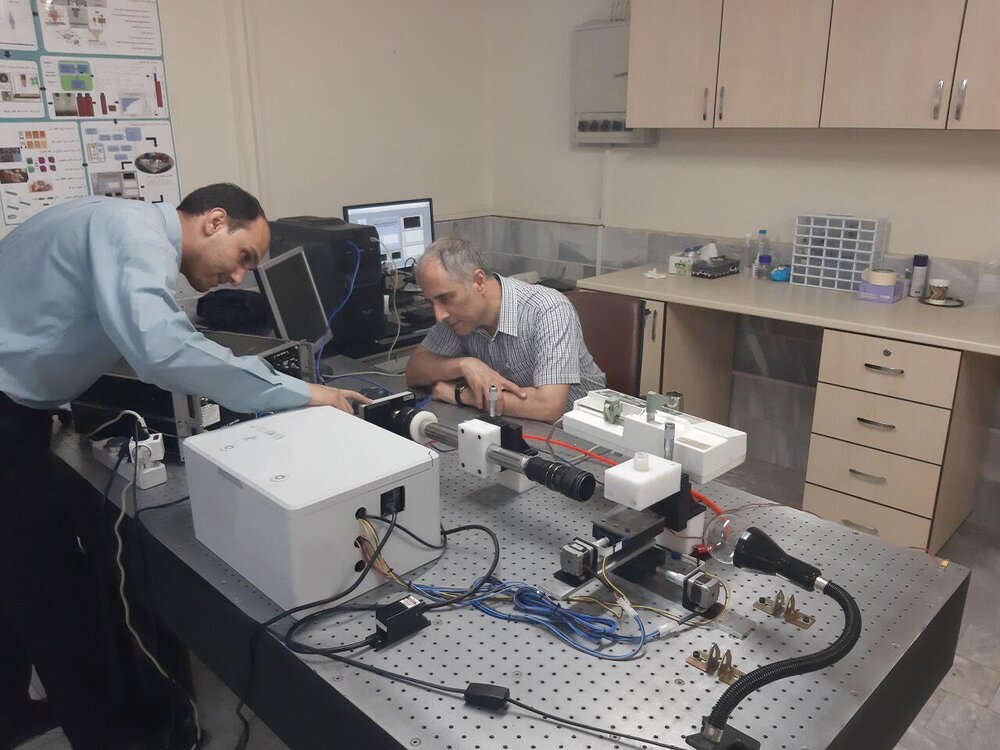Iranian researchers attain 3D micro-structure printing technology

TEHRAN -- Two Iranian researchers at the Sharif University of Technology have managed to attain 3D micro-structure printing technology which is said to be for the first time in the Middle East, Mehr reported on Sunday.
Professor Mohammadreza Movahhedi and Ph.D. student Keyvan Mohammadi have manufactured a type of 3D micro-structure printer, which had been only produced previously in the U.S., Britain, Switzerland, and Japan.
“In recent two decades, 3D printing has revolutionized the publication industry,” Mohammadi said.
3D printers in micro- and nanometer scales are much more complicated in comparison with macro-scale ones, he added.
The super-resolution electrohydrodynamic (EHD) printing has the ability to produce pieces with micron resolution, he noted.
The 3D printers in micro- and nanometer scales are much more complicated in comparison with macro-scale ones and the super-resolution electrohydrodynamic (EHD) printing has the ability to produce pieces with micron resolution“Big companies like Airbus, Siemens and Boeing are developing 3D printing technology to make pieces for using in pharmaceutical, car manufacturing and military industries.”
Mohammadi said that he has done researches on this issue since four years ago.
“We have been invited to Harvard University, University of Pennsylvania and the National University of Singapore to present the 3D printing technology,” he said.
Movahhedi, for his part, called 3D printing as an emerging technology, which will be one of the ten important technologies of the world in the coming years.
The project focuses on electrohydrodynamic printing, which is different from previous types and can be used in the human body as well, he said.
This technology can be used in different fields of medicine, aerospace, and car manufacturing industries, he added.
What is Electrohydrodynamic (EHD) printing?
The 3D printing or additive manufacturing is a process of making three dimensional solid objects from a digital file. The creation of a 3D printed object is achieved using additive processes. In an additive process, an object is created by laying down successive layers of material until the object is created.
According to the International Journal of Emerging Technology and Advanced Engineering, electrohydrodynamic (EHD)-inkjet printing is a novel high-resolution inkjet printing technology with the advantages of being a maskless, non-contact, direct-write and additive process. Its printing resolution exceeds by about two orders of magnitude in comparison to the conventional inkjet printing systems.
It is used in the field of micro/nano manufacturing for patterning of a large class of materials on a variety of substrates with the options to use either Drop-On Demand (D-O-D) or continuous mode. Printable electronics especially flexible electronics is one of the many fields where this technology has a lot to offer as the same EHD-inkjet setup can be used for electrospraying for thin film layer deposition, electrospinning for interconnection and EHD jetting for making electrodes. A lot of research has been carried out in the recent past to make its transition from a research tool to a commercial manufacturing process.
SB/MG
